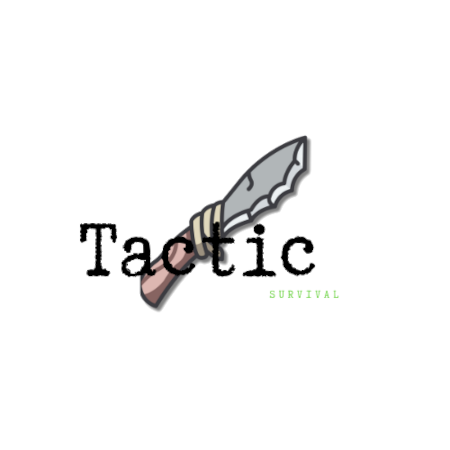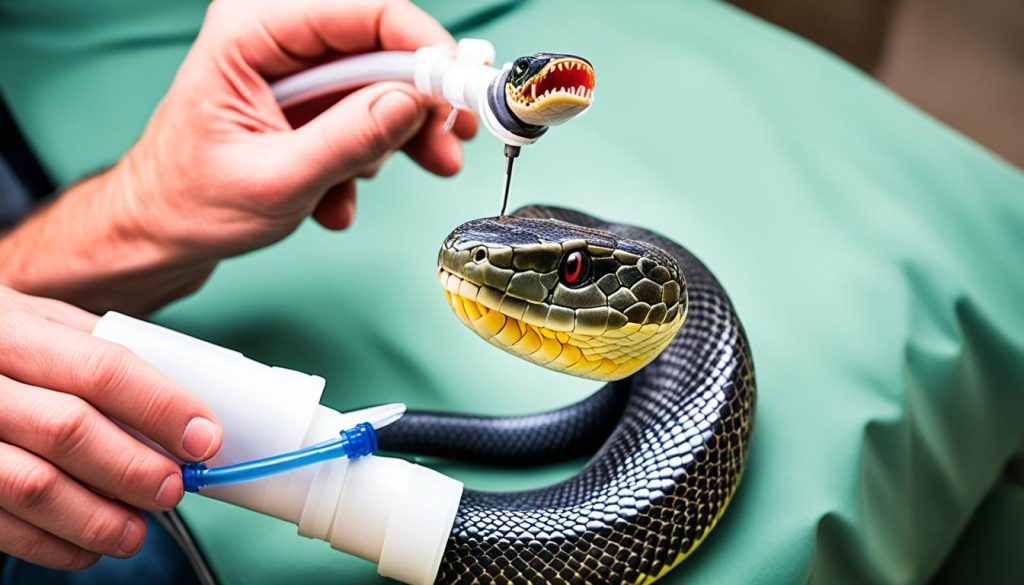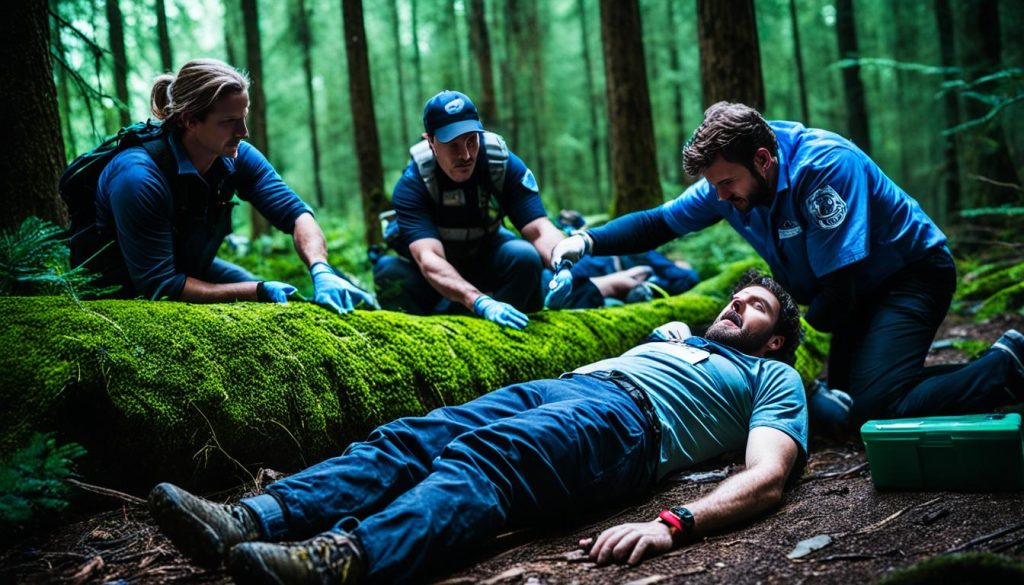Did you know around 20% of U.S. snakes have venomous bites? Most snakes here are harmless, but the bites of some can be deadly. Knowing the first steps if you’re bitten is critical. It can improve the outcome and help with the treatment.
Key Takeaways:
- Approximately 20% of snakes in the United States have venomous bites.
- Venomous snakes in North America include rattlesnakes, coral snakes, water moccasins, and copperheads.
- If bitten by a venomous snake, immediately call 911 or your local emergency number.
- While waiting for medical help, move away from the snake, stay still and calm, and clean the bite with soap and water.
- Avoid using a tourniquet, applying ice, cutting the bite, or trying to remove the venom.
Identifying Venomous Snakes and Symptoms
Knowing how to spot venomous snakes is key for getting the right treatment after a bite. In North America, most venomous snakes are pit vipers. They have slitted eyes, triangle-shaped heads, and fangs. The exception is the coral snake, which has a cigar-shaped head and round pupils. Nonvenomous snakes, on the other hand, have rounded heads, round pupils, and no fangs.
It’s important to know the symptoms of a venomous snake bite. Signs can be different but often include puncture wounds, redness, and swelling. Other symptoms may include bruising, bleeding, severe pain, and tenderness. Some people might also feel nausea, have difficulty breathing, feel weak, or have an odd mouth taste. Snakes like coral snakes have toxins that can cause more serious effects. These might include muscle weakness, drooping eyelids, numb fingers or toes, and difficulty swallowing.
Here’s a quick review of important points:
| Venomous Snakes | Nonvenomous Snakes |
|---|---|
| Slitted eyes | Rounded heads |
| Triangle-shaped heads | Round pupils |
| Fangs | No fangs |
Common Symptoms of Venomous Snake Bites
- Puncture marks
- Redness
- Swelling
- Bruising
- Bleeding
- Severe pain
- Tenderness
- Nausea
- Labored breathing
- Weakness
- Odd taste in the mouth
- Additional symptoms for certain venomous snakes:
- Drooping eyelids
- Tingling fingers or toes
- Difficulty swallowing
- Muscle weakness
Being able to tell venomous from nonvenomous snakes helps a lot if someone gets bitten. It means they can get the right help quickly.
First Aid for Snake Bites
Proper first aid is crucial after a snake bite. If this happens, call 911 or your local EMS right away. Getting antivenom early is key to preventing severe harm.
Never try to suck out the venom, tie a tourniquet, cut the wound, or wait for symptoms. Stay calm and rest. Wash the bite, then cover it with a clean bandage. Note where the swelling starts and remove any jewelry. Keep the bite lower than the heart.
Always tell a boss or doctor what happened. Try to safely snap a picture of the snake if you can.
| Treatment Guidelines for Snake Bites | Snake Bite Antivenom |
|---|---|
| Seek immediate medical attention | Administer antivenom as soon as possible |
| Do not suck out the venom | Consult with a healthcare professional |
| Do not apply a tourniquet | Monitor for signs of allergic reactions |
| Do not slash the wound | Follow up with medical care |
| Do not wait for symptoms to appear |
Snake Bite Treatment in Different Situations
The right snake bite treatment changes with the situation. If the snake is safe, treat the bite like a poke. But if it might be dangerous, seek help fast. Signs you need help include trouble breathing or fainting. In these cases, move the person away from the snake. Lay them down with the bite lower than their heart, and keep them calm. This helps stop the venom from moving more.
At a medical center, they will treat the person based on the snake type. They give antivenom for venomous snake bites. They might also offer a tetanus shot, if needed.
Types of Venomous Snake Bites and Treatment
| Type of Snake | Treatment |
|---|---|
| Rattlesnake | Antivenom, pain medication, antibiotics, wound care |
| Coral Snake | Antivenom, pain medication, wound care |
| Imported Exotic Snake | Antivenom specific to the snake species, pain medication, wound care |
Only doctors should treat snake bites. Avoid trying to fix it at home. This could be dangerous. Getting help right away is key to treating venomous bites safely.
To stop snake bites, being proactive is best. Don’t play with snakes or get too close. Wear the right clothes in snake areas. Learn about dangerous snakes if you like the outdoors.
Conclusion
Quickly treating a snake bite is key to stopping harm. It helps improve chances of getting better. Seek medical help fast. Apply first aid. Try to figure out the snake’s type accurately. Stay calm. Don’t panic. Avoid doing things that could make it worse.
Know the venomous snakes in your area. Know what their bites look like. This knowledge helps you respond fast in an emergency. Being educated and aware is crucial in dealing with snake bites.
Use snake bite care methods as soon as you can. Get professional help quickly. Doing these things increases your chance of a full recovery. Take snake bites seriously. Always protect yourself and others.


